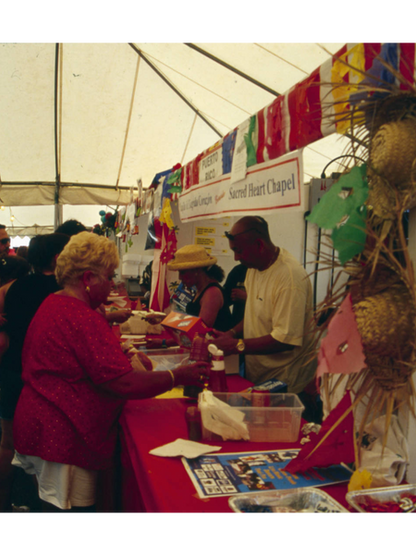

Lorain's International
Legacy
The International City is rich in history and strong in tradition, consisting of many ethnic groups that came to Lorain to find work and to make a better life for their families. We have collected some of the research and have made it available for a wider audience here on our website. We welcome any additional information on this topic, or personal stories that you would be willing to share.

"Over 55 Nationalities"
Immigrants are the people that make up the United States, but they are also the people who make up Lorain. Lorain, Ohio, dubbed the “International City,” currently has residents representing over 55 different nationalities.
This led the city to create the International Festival, with its First Festival held in 1967. This festival was created to combine all the different, ethnic festivals that Lorain previously had and create one, unified event. Lorain has kept this tradition alive and celebrated their 50th International Festival in June, 2016.
Though Lorain’s International legacy is very unique, it does follow trends that many other parts of the United States experienced as well. There are three major waves of immigration in the United States’ history: the colonial era, the early 19th century, and the 1880s-1920s. Most came find a better economic opportunity, and others came to find political and religious freedom.
Learning About YOUR Heritage
Click the links below to learn more about the different ethnic groups that arrived in Lorain, Ohio!
African American
Austro-Hungarian
Bulgarian & Macedonian
French & German
Italian & Swiss
Mexican & Mexicano

Native American
Polish
Puerto Rican
Russian
Ukrainian
United Kingdom

We hope this information gives you insight into Lorain’s demographic origin as well as your personal origin. Unfortunately, we do not have information about all 55 different nationalities, but we would love to one day!
If your heritage is not listed in the text, and you have information you would like to share with the Lorain Historical Society, please contact us!



















